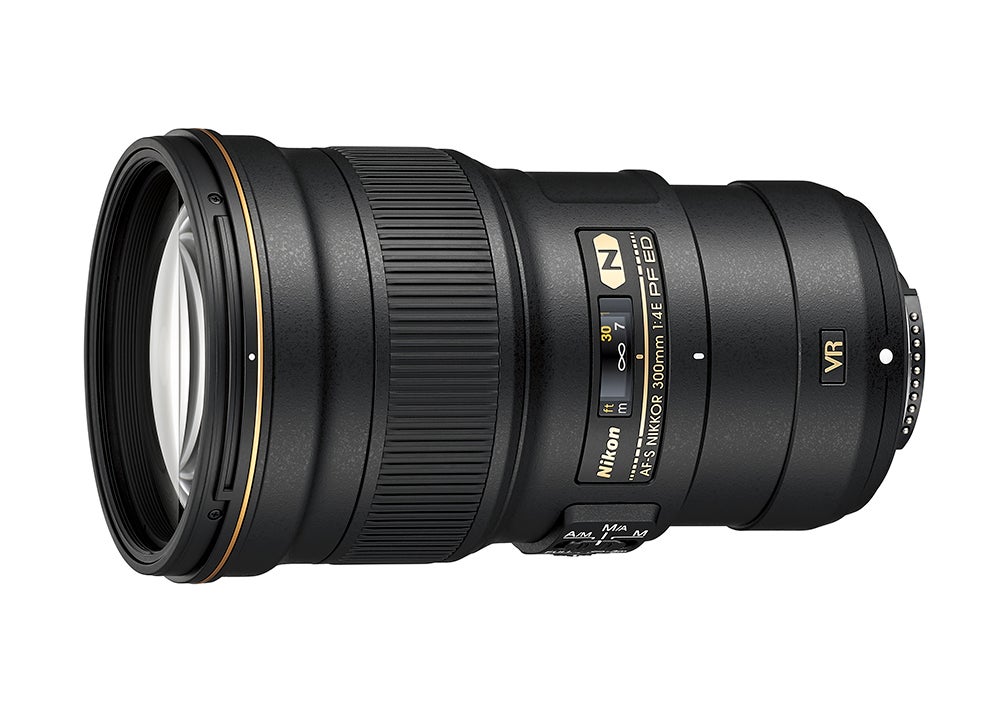Professor Newman looks at the evolution of electronic lens/camera communication
In 1987, Canon produced the biggest single-step change in lens-mount design, with the introduction of its EOS, or ‘Electro Optical System’. The major difference between this and previous mount systems was that all the communication between the lens and camera was electronic; moreover, it was digital electronic.
However, some of this wasn’t new. The idea of electronic lens/camera communications started in 1969 with the East German company Pentacon. At the time, Pentacon still used the screw lens mount that was introduced on its Contax S camera in 1948. The big innovation in the late ’60s was open-aperture through-the-lens metering, which required the lens to communicate to the camera the present aperture setting. The problem that Pentacon faced with the screw mount on its Praktica cameras was that the registration of the mount was not accurate enough to use the tab-and-lever arrangement that had become common on bayonet mounts. Instead, the company turned to electronic coupling, using contacts large enough to cater for the tolerances of the screw mount. This was an analogue method, in contrast to the digital ones used later with the first autofocus systems.
First autofocus systems
Autofocus systems required the camera to have more information from the lens, including focal length and the current setting of the focus scroll. The first system, introduced by Minolta, used a small digital processor in the lens, which transferred that information to the camera using a simple communications protocol. The system remained mechanical in all other ways, including a mechanical lever for stopping down the aperture and controlling its setting from the camera.
In turn, most of the other camera manufacturers followed suit, including Nikon, which updated its venerable F mount to include the in-lens processor and digital communications. The only company lagging behind was Canon. However, in 1987, Canon introduced the EOS system, which included the in-lens processor and digital communications, but also employed those communications to set the focus and aperture using small motors built into the lens.
Lens evolution
Over subsequent years, other manufacturers’ lens systems evolved to look more superficially like the Canon system. First, they lost their aperture rings (although the control was still through that mechanical lever) and then they replaced the mechanical AF drive with motors in the lens.
Now, Nikon has embarked on the final stage of that evolution. With the D3 camera, the company introduced new tilt-and-shift lenses, which included an electronic diaphragm system. Last year, Nikon introduced two high-end telephoto lenses using the same system, while at the beginning of this year its first ‘affordable’ lens using this system was introduced, the AF-S Nikkor 300mm f/4E PF VR ED (the E suffix denoting the electronic diaphragm). It is a fair bet that gradually the range will evolve so that there is a full range of E lenses. This will bring a small compatibility problem, in that cameras earlier than the D3 cannot stop these lenses down.





